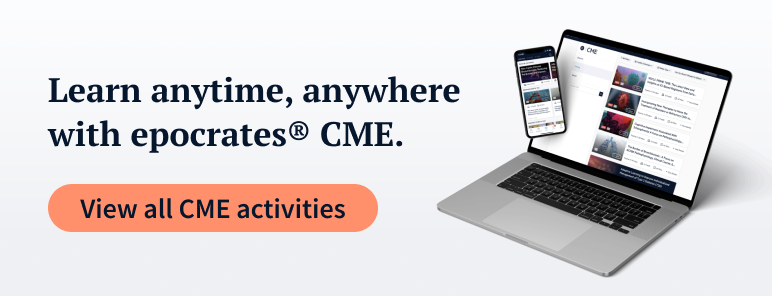
FDA
FDA flags hyperthermia risk with popular antinausea patch
June 20, 2025

FDA has issued a new warning about Transderm Scōp, a scopolamine patch used to prevent nausea and vomiting from motion sickness and surgery. The anticholinergic patch can impair the body’s ability to cool itself—leading to hyperthermia, a potentially life-threatening condition.
As of August 2024, FDA identified 13 global cases of hyperthermia linked to the patch. Most occurred in children under 17 and adults over 60, groups more vulnerable to heat-related effects. Two patients died, and four were hospitalized. In three cases, body temperatures exceeded 105°F. Symptoms typically appeared within 72 hours of first use and were often accompanied by other anticholinergic effects like confusion, hallucinations, or urinary retention.
Though not FDA-approved for pediatric use, the patch is sometimes prescribed off-label for children with neurological conditions. FDA now requires an updated label warning and urges clinicians to counsel patients and caregivers—especially when prescribing to high-risk groups or during hot weather.
Source:
(2025, June 18). FDA. FDA adds warning about serious risk of heat-related complications with antinausea patch Transderm Scōp (scopolamine transdermal system). https://www.fda.gov/drugs/drug-safety-and-availability/fda-adds-warning-about-serious-risk-heat-related-complications-antinausea-patch-transderm-scop

TRENDING THIS WEEK






